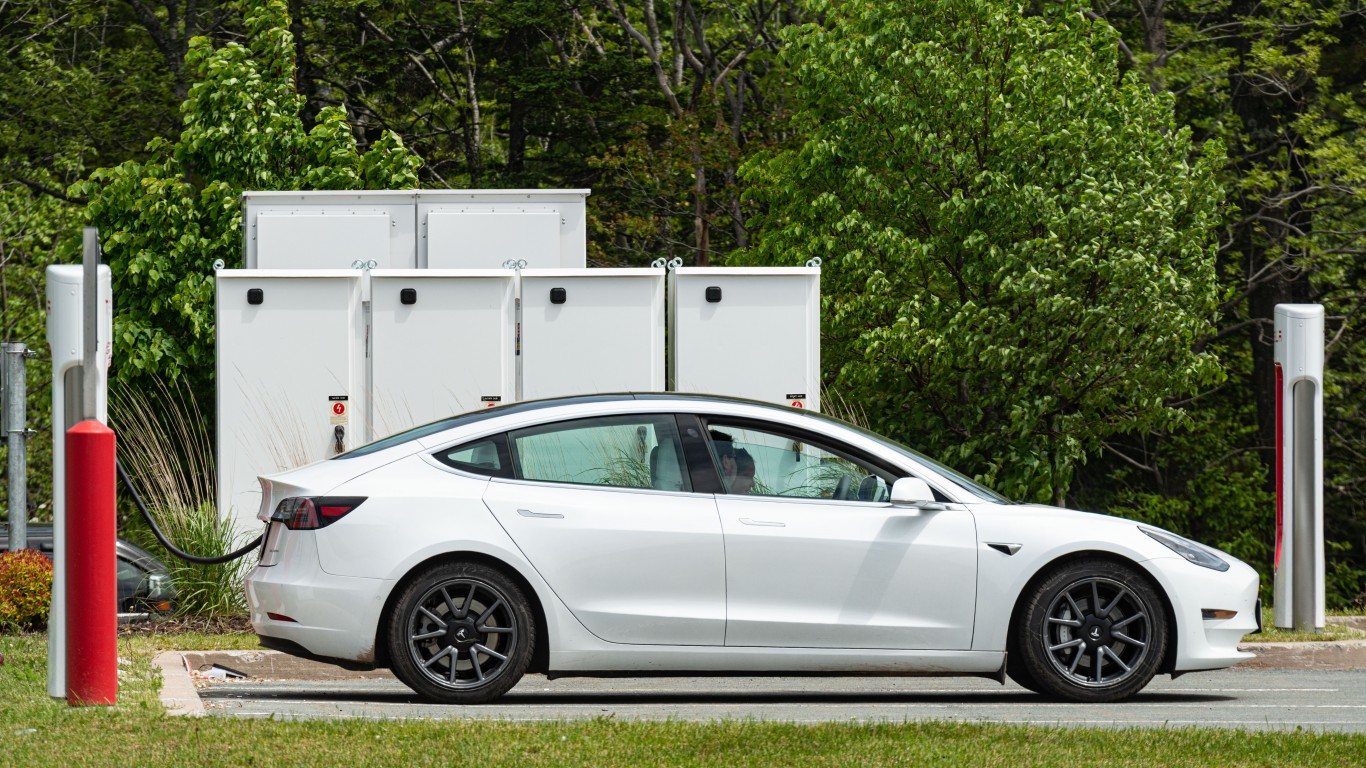
As the best-selling truck in the U.S. for 47 years and counting, the Ford F-Series is a U.S. auto industry staple. Selling 750,789 units in 2023, the Ford F-250 and F-150 are just that popular. While the F-150 is the more popular of the two models, the Ford F-250 is without question, the best heavy-duty pickup truck. Beginning manufacturing in 1997 for the 1999 model year, Ford added the F-250 to its lineup instead of adapting the F-150 for more intense use.
Of course, with the introduction of a new vehicle comes model year ups and downs. Even though Ford seemingly has production of the F-150 down to a science, the F-250 has seen its share of good and bad model years. While an older model might help you save money, this is only true if it’s a reliable model year. With this in mind, we’ve gathered data from sites like CarComplaints, CoPilot Search, AutoTrader, and Way.com to help determine the best and worst Ford F-250 model years to buy.
Why We’re Covering This
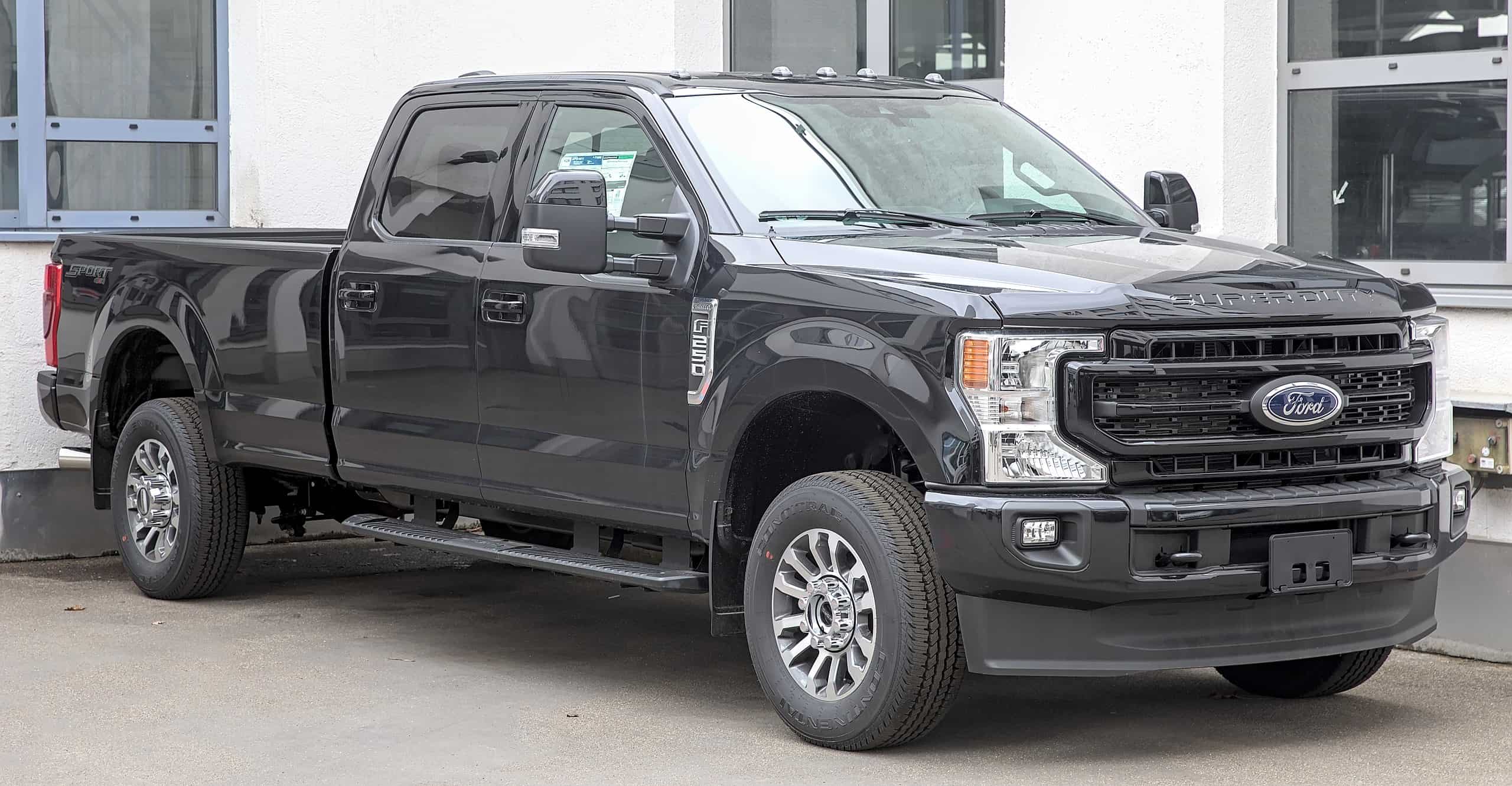
The automobile industry is one of the largest in the world, with more than 75.3 million vehicles sold in 2023 alone. Of this number, you have many strong and iconic American brands like Ford (NYSE: F) and General Motors (NYSE: GM) selling cars as fast as they can make them. This is still true even though the automobile industry is also reckoning with several manufacturers issuing self-imposed dates of moving much of their production to electric vehicles. This makes the history of these important vehicles increasingly relevant to those who don’t want to make the EV switch.
Avoid: 2001
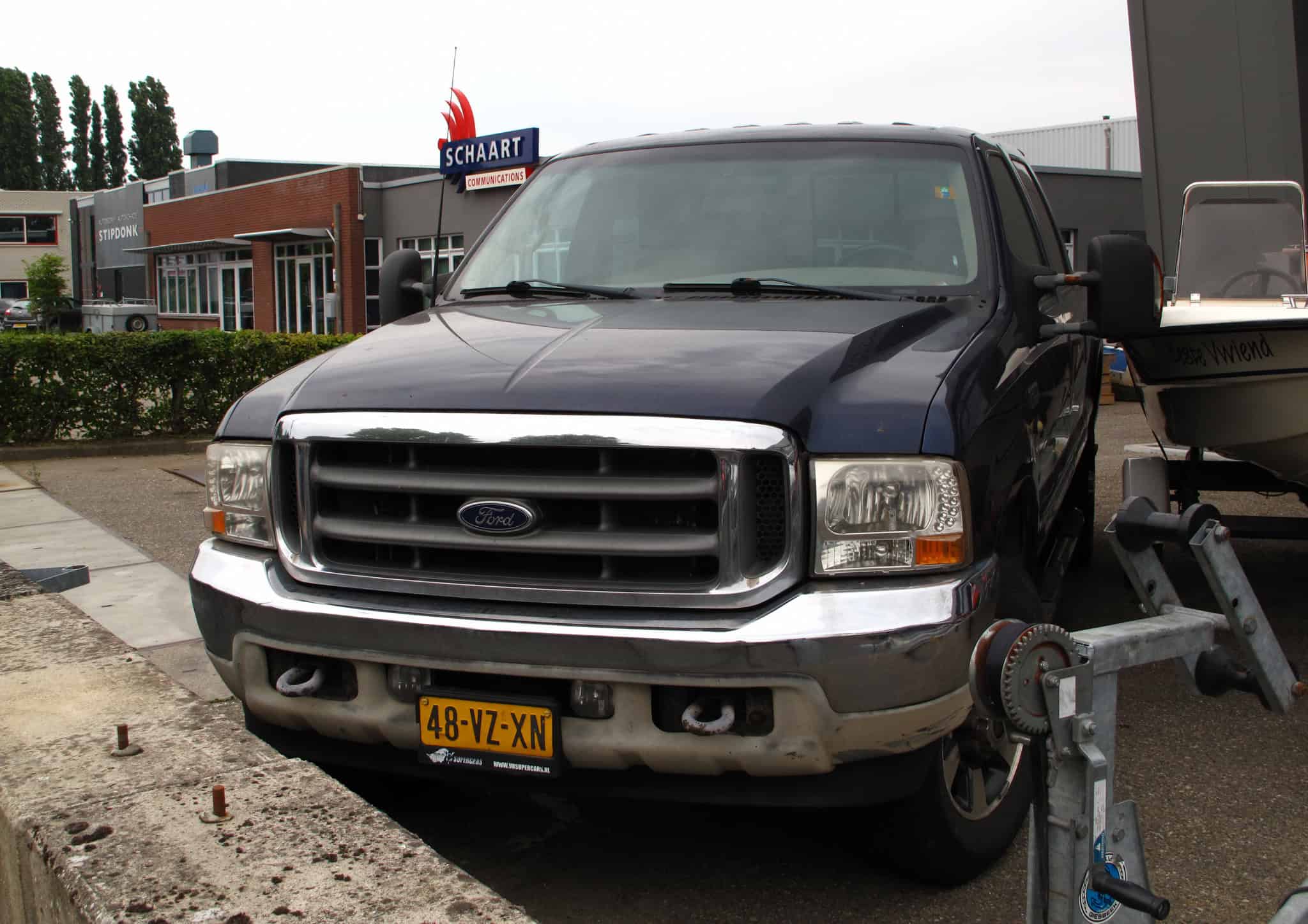
Between 1999 and 2003, the Ford F-250 went on a tough run. While you might give a few concessions to Ford for a new model year, 2001 ranks among the worst with 379 NHTSA (National Highway Transportation & Safety Administration) complaints. Chief among these complaints is a spark plug blowout. With an average repair cost of $580 according to CarComplaints, this was an aggravating issue.
In addition to spark plugs, there were 45 separate NHTSA complaints just about tires and tire treads. At least 3 injuries were attributed to the tire tread wearing out too quickly. However, even if you can overlook the tire issues, the 2001 model had been subject to 10 other recalls over time. For this reason alone, it’s well worth avoiding.
Avoid: 2006

Widely seen as the second worst model year for the Ford F-250 since its 1999 release, 2006 saw 413 NHTSA complaints. Chief among the issues were suspension problems which included loss of control of the vehicle. It was believed this issue wouldn’t occur until you got closer to 40,000 or 50,000 miles, but it was a definite issue and one that led to $500 or more in repair costs.
Beyond suspension issues, loose steering was another low point for the 2006 Ford F-250. Between a complete loss of steering power or steering locking up, these were very dangerous problems. Fortunately, Ford did issue a recall to make repairs, but not until 2011 and it only impacted 26,715 vehicles. When you factor in electrical problems involving the vehicle’s battery dying too early, stay away from the 2006 Ford F-250.
Avoid: 2008

Yet another tough year for the 2008 Ford F-250, the vehicle received below-average reliability ratings across the board. Among the top concerns were engine-related problems, which included emissions, turbochargers, and fuel problems. All three of these issues can separately involve high repair costs but when combined, things can get pretty expensive in a hurry.
In addition to the other issues, over 75 of the 272 NHTSA complaints focused solely on steering. Resulting in a total of 5 crashes, issues with the steering failing or locking up were of great concern in 2008. What’s surprising is that a total of 8 recalls were issued for the 2008 model year, but none of them were related to steering.
Avoid: 2011

When it comes to the 2011 model year of the Ford F-250, suspension and steering issues dominate the conversation. With over 106 NHTSA complaints, out of 420, relating to steering, it’s safe to say there is a larger issue. Not to mention this is the 3rd highest number of NHTSA complaints the Ford F-250 has received since its inception. When you look at what’s called the “death wobble” of the 2011 Ford F-250 related to steering, just stay away from this model year.
Of course, we can’t forget about the suspension, which represented another 104 NHTSA complaints. In this case, you had several concerns about the overall reliability of Ford’s suspension system. When you consider the F-250 can tow up to 24,400 pounds, having a steady suspension system was more than just a nice-to-have.
Avoid: 2017
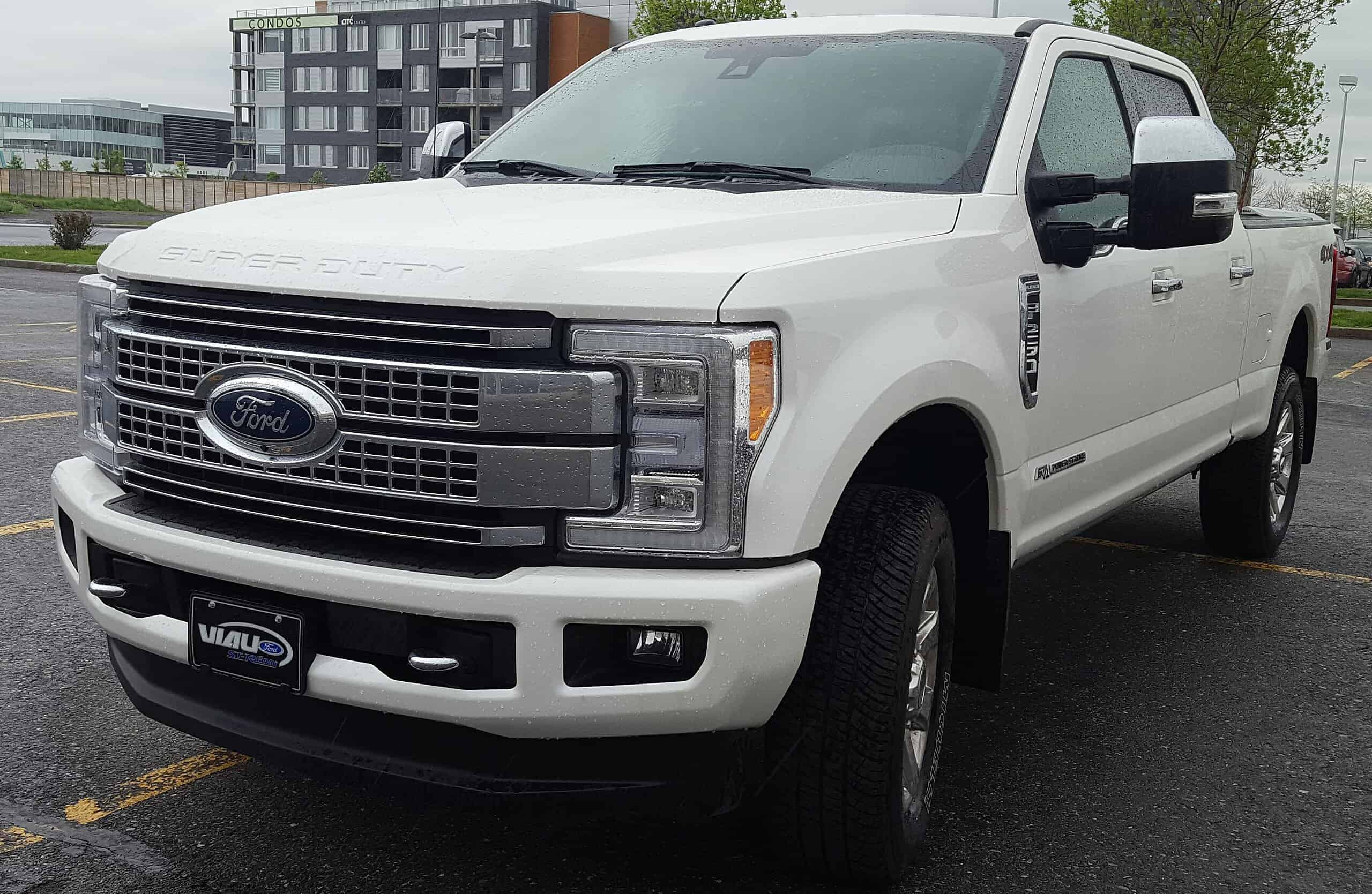
The year 2017 was easily one of Ford’s worst model years with the highest number of NHTSA complaints. Over 1,200 filings indicate the 2017 F-250 was a year to avoid. Unsurprisingly, suspension and steering issues once again reared their ugly heads. As far as steering, there were 623 complaints filed with the NHTSA. These issues were predominantly focused on the Ford F-250 having wobbling issues when steering. Alternatively, the steering wheel locking up entirely was very dangerous.
When it comes to suspension problems, the same “death wobble” returned in 2017, much to the disappointment of buyers. Unfortunately, steering and suspension were not the only problems. A large number of complaints were also filed around the Ford’s tailgate opening randomly as well as water getting stuck in the driver-side door.
Own: 2007

Of all the “older” model years of the Ford F-250, the 2007 is the only model year worth considering. Somehow, sandwiched in between some otherwise awful model years, 2007 looked to be a turning point for Ford. With only 91 NHTSA complaints filed, all signs were pointing in the right direction. Engine problems were at a minimum with only 12 total issues. The same can be said for steering, which only resulted in 23 filed complaints.
Piggybacking off some of the 2005 updates, the 2007 model was in full swing with new bumpers, headlights, and a better lock system on the tailgate. The interior was also refreshed to provide a better glove box and the F-250 now included Ford TowCommand, which gave any trailer being used access to the F-250’s anti-lock brake system.
Own: 2009

Coming off a not-so-good model year in 2008, the 2009 Ford F-250 turned things around. Total NHTSA complaints dropped to under 100, which was the first time Ford had seen this number for this vehicle in a while. Of course, steering issues remained a dominant factor, but it too dropped in total complaint volume. The same can be said for suspension, which also dropped its complaint number by two-thirds from 2008.
Offering both a diesel and gas engine, the 2009 Ford F-250 was a strong entry. Ford updated the interior of the vehicle with new panels and gauges, which received positive feedback. Updating the seats with new lumbar support was also a popular addition as owners reported feeling more comfortable while hauling. Add in an 83 out of 100 resale score from J.D. Power and there was a lot to like in 2009.
Own: 2020
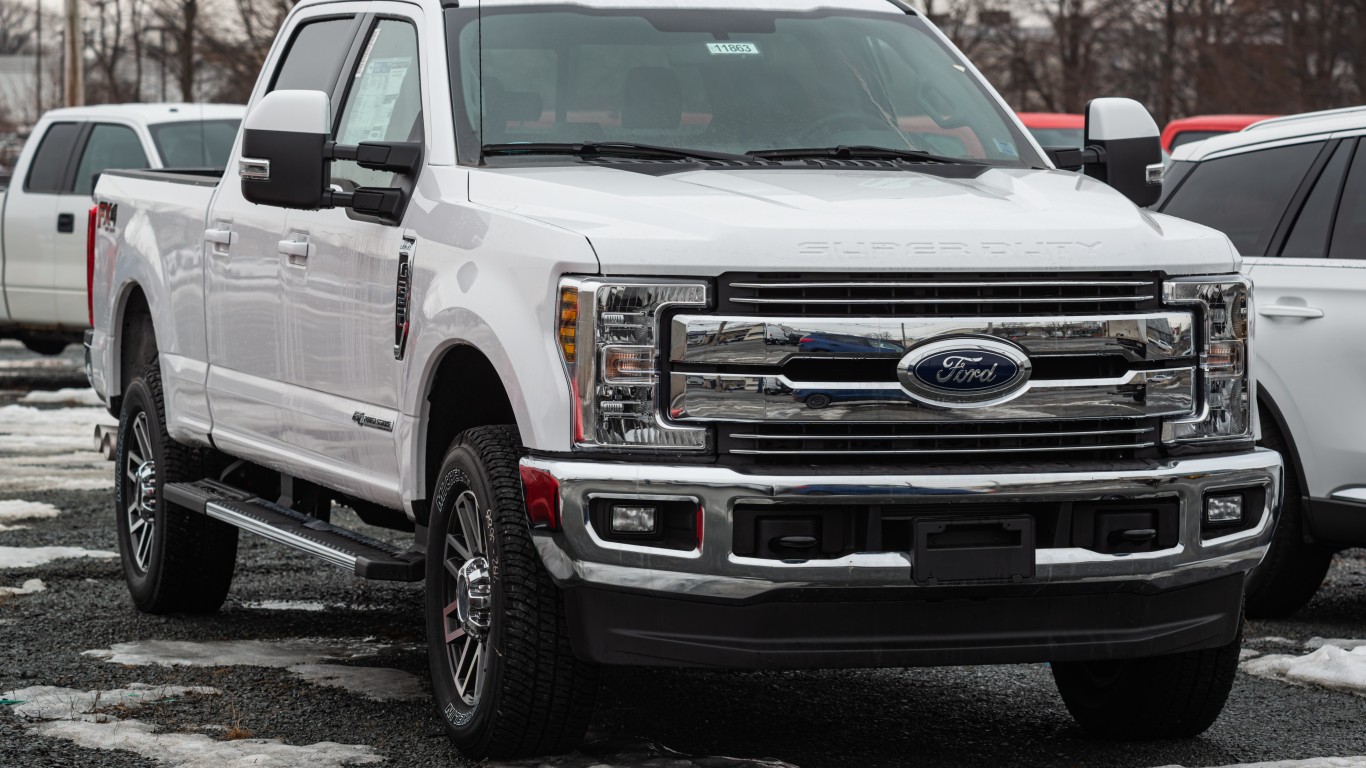
Moving into the Ford F-250’s more modern era, the first truly good model is the 2020 year. Regardless of which of the three V8 engines you chose from, you had plenty of power. Between driver-assistance software integration and an updated infotainment system, there was a lot to like in 2020. Plus, J.D. Power gave the 2020 model year an 84 out of 100 on both the driving experience and resale value.
Adding to the idea that 2020 was a good year, only 153 NHTSA complaints were filed for this year. Unsurprisingly, steering was among the top issues with 20 reports filed by vehicle owners. As this was a steep drop in complaints from a decade ago, Ford owners considered this a major win. However, the addition of a new 7.3-liter gas V8 engine topped any downside giving you plenty of confidence in 2020.
Own: 2021
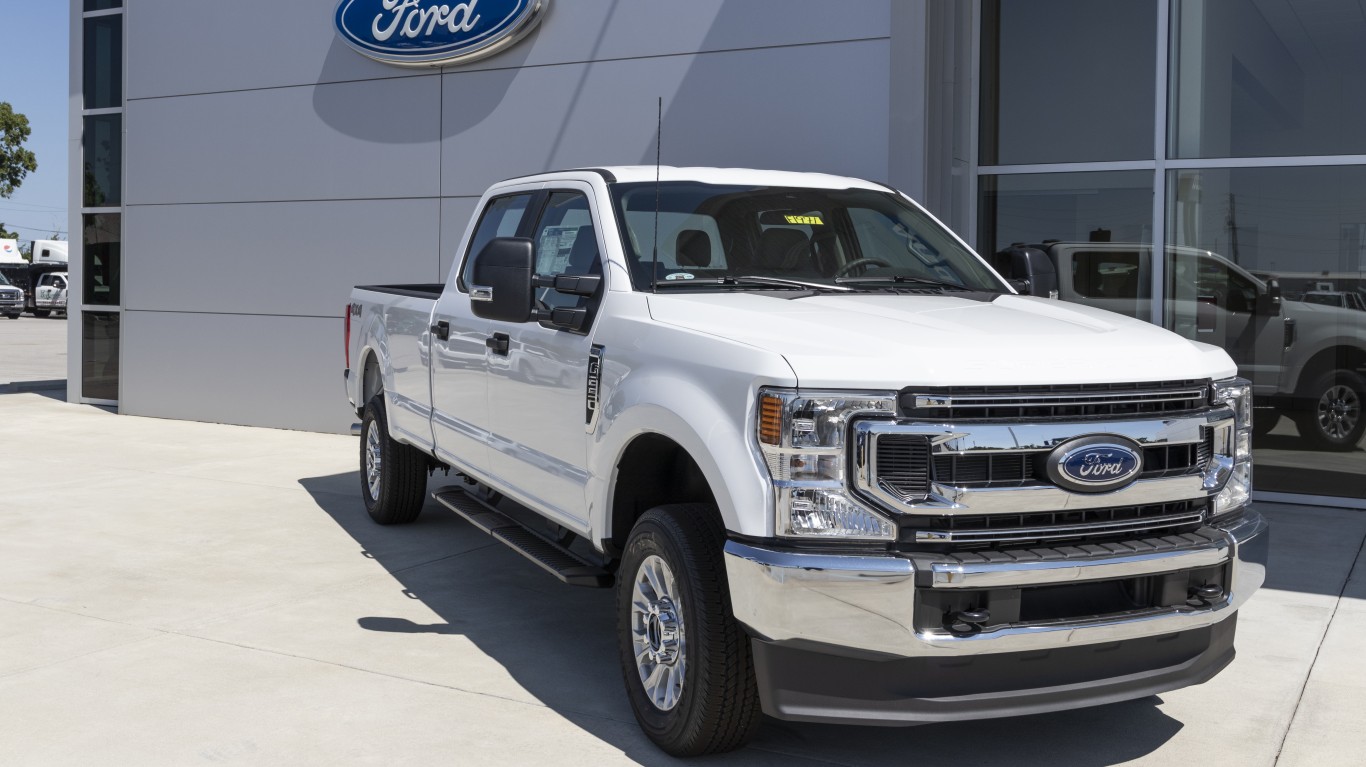
Continuing the good luck streak from 2020, the 2021 Ford F-250 model had even fewer NHTSA complaints. Only 48 complaints were filed in total and only 6 of them were related to steering issues. This easily gives the 2021 model year a top rank as one of the best years that Ford had ever produced with the F-250. So far, no recalls have been named for the 2021 model either, which was a great start.
As a result of some additional enhancements to the interior, the 2021 F-250 received an overall score of 81 out of 100 from J.D. Power. The best part was that J.D. Power awarded the vehicle an 84 out of 100 for Quality & Reliability. This only further solidified the idea that 2021 may have been the Ford F-250’s best model year yet. Things only get better when you learn the car had an 83 out of 100 for resale value as owners are coming up on the end of their leases.
Own: 2022

Moving into 2022, the Ford F-250 was riding high after the last two model years, and for good reason. All signs were pointing in the right direction and the F-250 had fewer problems than ever. The good news was this current streak didn’t end in 2022. With only 26 NHTSA complaints filed, there were plenty of reasons to give the 2022 model year a hard look.
This was even more true when you factored in there were no NHTSA complaints focused on steering for the first time since the Ford F-250 was released. According to J.D. Power, the 2022 Ford F-250 was also firing on all cylinders. Of course, an 83 out of 100 score helps the 2022 model hold firm as strong Quality & Reliability remain key indicators of whether you should pick up a used model.
The Average American Has No Idea How Much Money You Can Make Today (Sponsor)
The last few years made people forget how much banks and CD’s can pay. Meanwhile, interest rates have spiked and many can afford to pay you much more, but most are keeping yields low and hoping you won’t notice.
But there is good news. To win qualified customers, some accounts are paying almost 10x the national average! That’s an incredible way to keep your money safe and earn more at the same time. Our top pick for high yield savings accounts includes other benefits as well. You can earn up to 3.80% with a Checking & Savings Account today Sign up and get up to $300 with direct deposit. No account fees. FDIC Insured.
Click here to see how much more you could be earning on your savings today. It takes just a few minutes to open an account to make your money work for you.
Our top pick for high yield savings accounts includes other benefits as well. You can earn up to 4.00% with a Checking & Savings Account from Sofi. Sign up and get up to $300 with direct deposit. No account fees. FDIC Insured.
Thank you for reading! Have some feedback for us?
Contact the 24/7 Wall St. editorial team.

